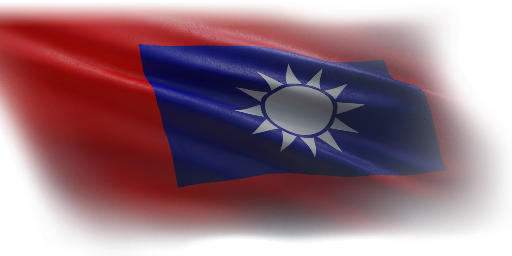
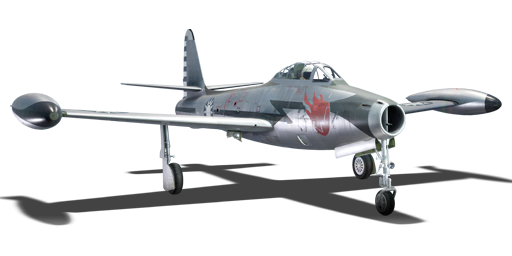



The F-84G-21-RE (China) is a Chinese strike aircraft. It was introduced in Update 1.91 "Night Vision".
The F-84 Thunderjet was among the first American jet aircraft sold to the Republic of China Air Force, and in War Thunder it will often be a starting jet for Chinese pilots entering Rank V. It has a lot of perks to offer while still being a smooth transition from propeller fighters. Like the ROCAF P-47D-28 Thunderbolt, another beloved fighter-bomber from the same manufacturer, the Thunderjet has a large yet sleek appearance, a high top speed, six .50 caliber Browning machine guns, and a huge payload of bombs and rockets. It has competitive performance for air combat while being more forgiving than the PLAAF's starting MiG-9, and can be very effective in Ground RB as well. Pilots who master the F-84G will earn a great plane for both air superiority and close air support, and be prepared for future Chinese jets.
flaps
flaps
flaps
brake
| Belt | Belt filling | Armor penetration (mm) at a distance: | |||||
|---|---|---|---|---|---|---|---|
| 10 m | 100 m | 500 m | 1000 m | 1500 m | 2000 m | ||
| API-T/AP/AP/I | 30 | 27 | 20 | 13 | 9 | 6 | |
| AP-I/AP-I/API-T/I/I | 28 | 26 | 18 | 11 | 7 | 4 | |
| API-T/I/AP/AP/AP-I/AP-I | 30 | 27 | 20 | 13 | 9 | 6 | |
| API-T | 28 | 26 | 18 | 11 | 7 | 4 | |
| AP-I/I/AP-I/I | 28 | 26 | 18 | 11 | 7 | 4 | |
| Name | Weight | Slot | ||||||||
|---|---|---|---|---|---|---|---|---|---|---|
| 6 × | 376.8 kg | 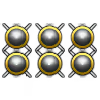 |  | |||||||
| 3 × | 188.4 kg | 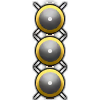 |  |  |  | |||||
| 4 × | 251.2 kg | 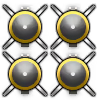 |  | |||||||
| 534.2 kg | 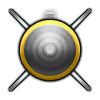 |  | ||||||||
| 49.9 kg |  |  | ||||||||
| 117.9 kg |  |  | ||||||||
| 242.6 kg |  |  | ||||||||
| 500.8 kg | 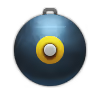 |  | ||||||||












Flight performance | |
|---|---|
Survivability |
|---|
Weaponry | ||
|---|---|---|